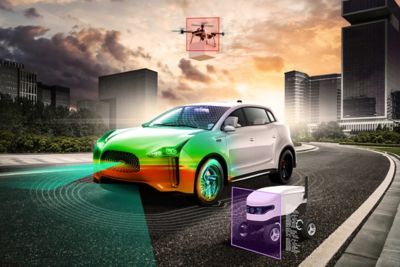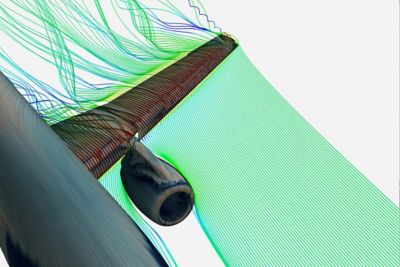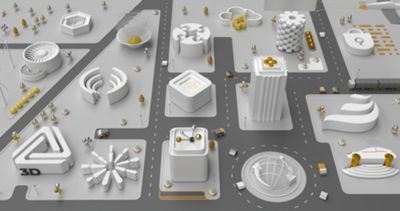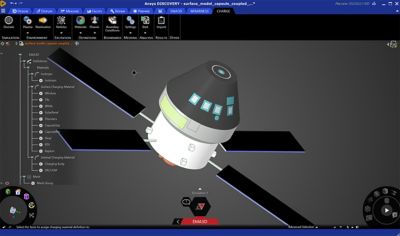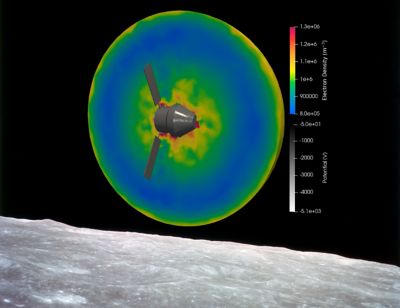Ansys Charge Plus
Charging And Discharging Modeling Solution
3D modeling solution of charging, discharging and charge carrier transport across a wide range of applications, in one streamlined workflow.
Material Charging and Discharging Modeling Build into Ansys Discovery
Ansys Charge Plus supports an array of analyses by leveraging four physics solvers designed to tackle internal and surface charging, particle transport, and arcing across interfaces –all in a streamlined workflow built into the Ansys Discovery CAD interface. Ansys Charge Plus expedites the assessment and management of risk associated to material charging and discharging.

-
Finite Difference Time- Domain (FDTD) -
3D Particle Transport -
Non-linear Air Chemistry Module -
Supports Ansys HPC
-
Finite Elements Method (FEM) -
Self-Consistent Coupled Simulations -
AGI STK and Ansys EnSight Compatibility
-
Optimized Charge Balance Equation Solvers -
Integrated Pre- and Post- Processing -
Ansys SpaceClaim Included
January 2025
What's New
The 2025 R1 Ansys Charge Plus release improves plasma dynamics simulations, advances ray tracing capabilities, and introduces electron energy distribution analysis for the comprehensive plasma state examination.
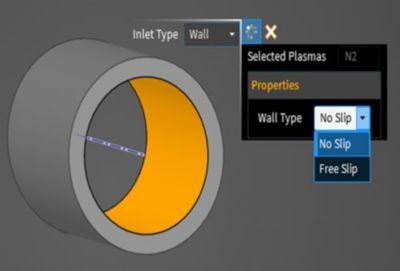
Fluid Boundary Conditions for Plasma Dynamics
Enhances inlet and outlet boundaries for plasma simulations, allowing users to specify plasmas, surfaces, and inlet/outlet types with relevant parameters familiar to CFD users.
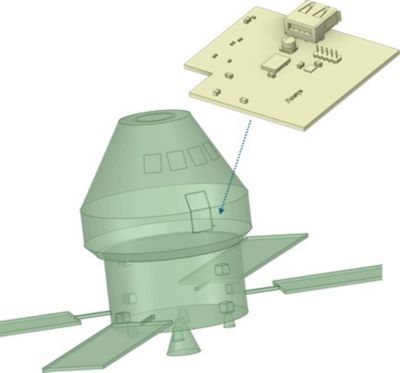
Ray Tracing Advancements
These advancements improves shielding estimation for electronics from high-energy effects, introduces a new raytracing probe/detector for entire components, and enhances stability and performance for faster, more accurate results.
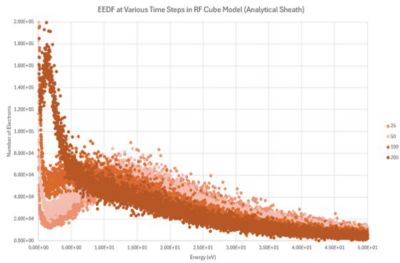
Electron Energy Distribution
Provides a descriptive state of plasma over time, enabling examination of electron energy after various RF cycles for comprehensive plasma analysis.
Capabilities
- Internal Charging
- Electrostatic Discharge in Air
- Surface Charging
- 3D Particle Transport
- Arcing in Solid Dielectrics
- Coupled Charging Simulations
Upcoming Webinars

Ansys 2024 R2: Ansys EMC Plus and Ansys Charge Plus Update
Ansys EMC Plus and Ansys Charge Plus are solutions for simulating full-platform electromagnetic events such as EMI/EMC and ESD. See a demonstration of efficient workflows to model cables and harnesses, connect complex meshes, and visualize magnetic fields in 3D. Learn how ray tracing can be used in rad-hard calculations, how to predict electromagnetic discharges in plasma, and how users can vary particle energy transport spectrum for radiation transport.
Ansys Charge Plus RESOURCES & EVENTS
Featured Webinars
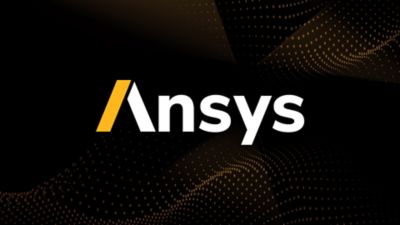
Foundations and Integrations of Ansys EMA3D Tools Part 3: The Particle-in-Cell Solver of Ansys Charge Plus
In this webinar, the 3rd in a 5-part series, we'll consider using the Ansys Charge Plus electromagnetic simulation tool for modeling and simulating charged particle plasmas in aerospace and semiconductor applications.
Ansys software is accessible
It's vital to Ansys that all users, including those with disabilities, can access our products. As such, we endeavor to follow accessibility requirements based on the US Access Board (Section 508), Web Content Accessibility Guidelines (WCAG), and the current format of the Voluntary Product Accessibility Template (VPAT).
Let’s Get Started
If you're facing engineering challenges, our team is here to assist. With a wealth of experience and a commitment to innovation, we invite you to reach out to us. Let's collaborate to turn your engineering obstacles into opportunities for growth and success. Contact us today to start the conversation.





